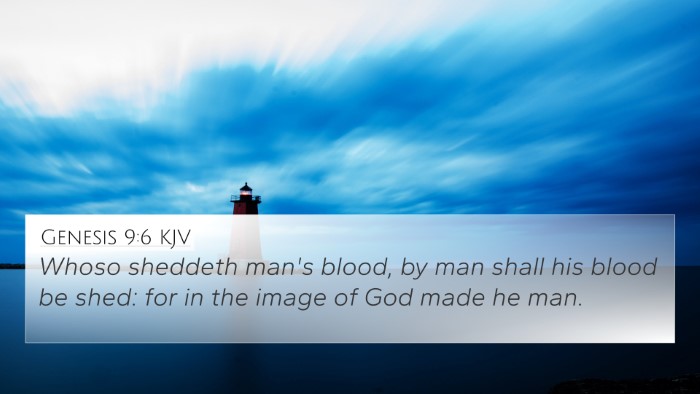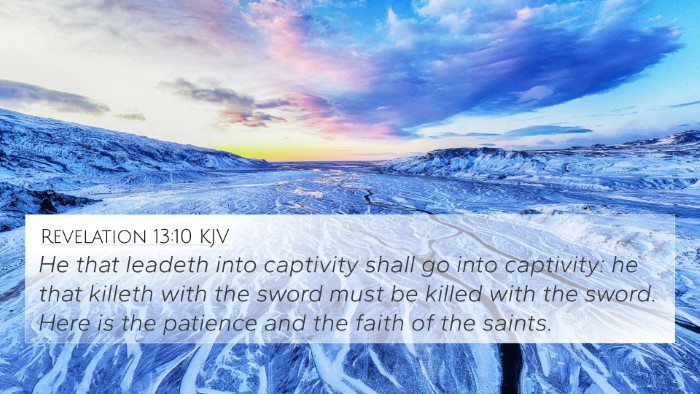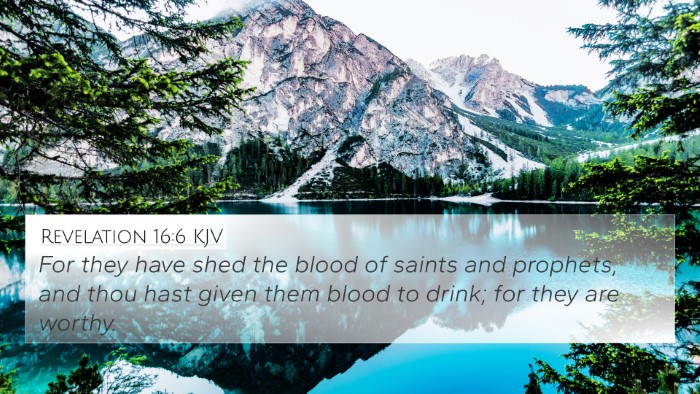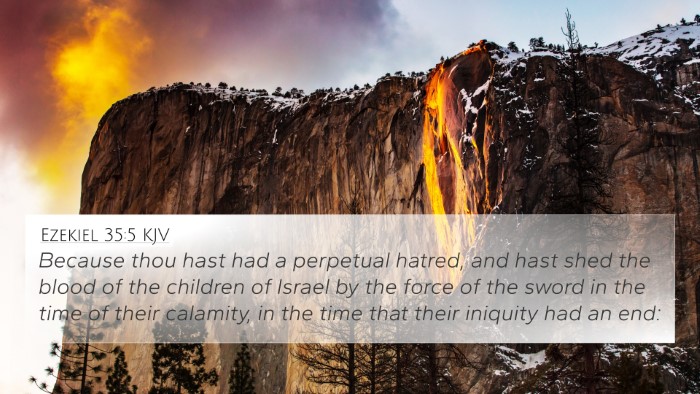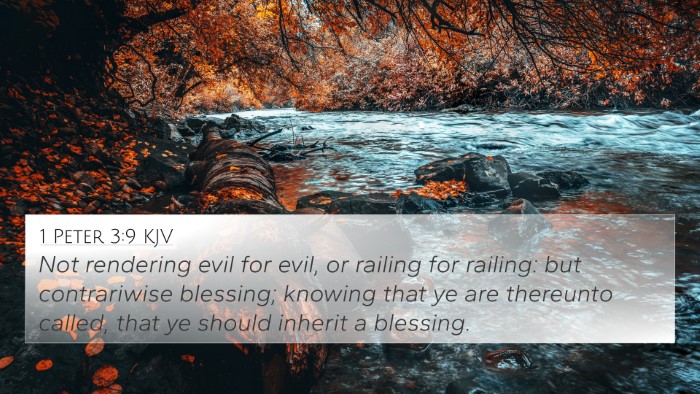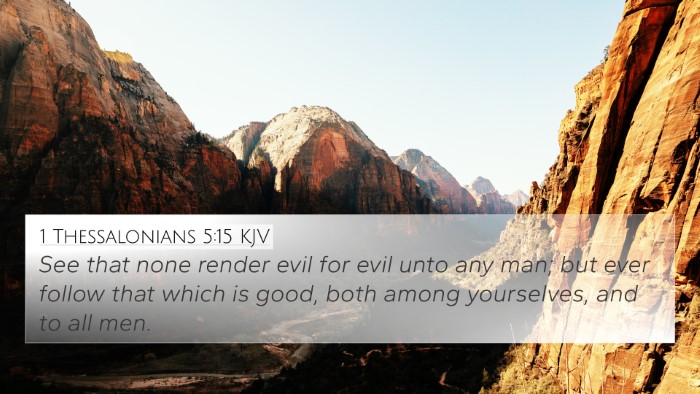Understanding Matthew 26:52
Bible Verse: Matthew 26:52 - "Then said Jesus unto him, Put up again thy sword into his place: for all they that take the sword shall perish with the sword."
Summary and Meaning
In this passage, Jesus responds to Simon Peter, who has drawn a sword to defend Him during His arrest. The command, "Put up again thy sword," indicates Jesus' disapproval of violent actions in His defense. This serves as a profound teaching moment, reflecting themes of peace, the futility of violence, and the inevitability of divine purpose.
Key Insights from Commentaries
-
Matthew Henry: He emphasizes that Jesus desires His followers to rely on faith rather than physical force. The phrase "all they that take the sword shall perish with the sword" warns against the destructiveness of violence, suggesting a broader spiritual principle that aligns with Jesus' teachings on love and non-violence.
-
Albert Barnes: Barnes points out that Jesus' statement serves as a rebuke to those who might think that human intervention is necessary to fulfill God’s will. The verse illustrates that God's purposes will prevail without resorting to violence, highlighting the ultimate futility of attempting to fight divine will.
-
Adam Clarke: Clarke notes the historical context, explaining that Jesus foresaw the consequences of violence, echoing the prophetic words about suffering and sacrifice. He interprets this command as a profound lesson on the legitimacy of enduring suffering for righteousness rather than retaliating.
Cross-References
Matthew 26:52 is enriched by numerous related verses. Here are several significant cross-references that help in understanding its implications:
- Romans 12:17-21: "...Recompense to no man evil for evil... for it is written, Vengeance is mine; I will repay, saith the Lord." - This emphasizes non-retaliation and the divine nature of justice.
- John 18:11: "Then said Jesus unto Peter, Put up thy sword into the sheath: the cup which my Father hath given me, shall I not drink it?" - Jesus' acceptance of His fate highlights the call to suffer gracefully.
- 1 Peter 2:21-23: "...Christ also suffered for us, leaving us an example, that ye should follow his steps." - This encourages emulating Christ’s response to suffering without violence.
- Matthew 5:39: "But I say unto you, That ye resist not evil: but whosoever shall smite thee on thy right cheek, turn to him the other also." - This reflects the radical non-violence Jesus preached.
- Luke 22:51: "And Jesus answered and said, Suffer ye thus far. And he touched his ear, and healed him." - Demonstrates Jesus' healing response rather than aggression.
- Revelation 13:10: "He that leadeth into captivity shall go into captivity: he that killeth with the sword must be killed with the sword." - A reminder of divine justice being meted out according to actions.
- 2 Corinthians 10:3: "For though we walk in the flesh, we do not war after the flesh." - Highlights the spiritual nature of Christians' battles against evil.
Thematic Connections
This verse serves as a pivotal point in the theme of the Christian response to violence and persecution. The teachings of Jesus in Matthew 26:52 encapsulate core principles found throughout the Gospels and the epistles. It juxtaposes the human instinct for self-defense with the Kingdom principles of love and forgiveness.
Related Themes Across Scripture
- Non-violence: The message of peace is interwoven in Jesus' teachings, culminating in His sacrifice.
- Suffering for Righteousness: Various verses discuss enduring hardship as part of faith.
- Divine Justice: Retribution isn’t man's responsibility; God oversees justice.
Conclusion
Matthew 26:52 challenges believers to reconsider their responses to aggression and the use of force. It serves as a reminder of the overarching narrative of Scripture that God’s sovereignty is unmatched by human wisdom or might. The connections between this verse and others laid out above provide a comprehensive understanding of Jesus' message about peace, the futility of violence, and the power of enduring faith amidst trials.
Tools for Further Study
- Bible Concordance: To find specific keywords and their occurrences throughout Scripture.
- Bible Cross-Reference Guide: Helpful for identifying interrelated themes and scriptures.
- Cross-Reference Bible Study: Methods for deeper exploration of linked verses.
- Bible Chain References: Tracing concepts through verses leads to a holistic understanding of themes.



